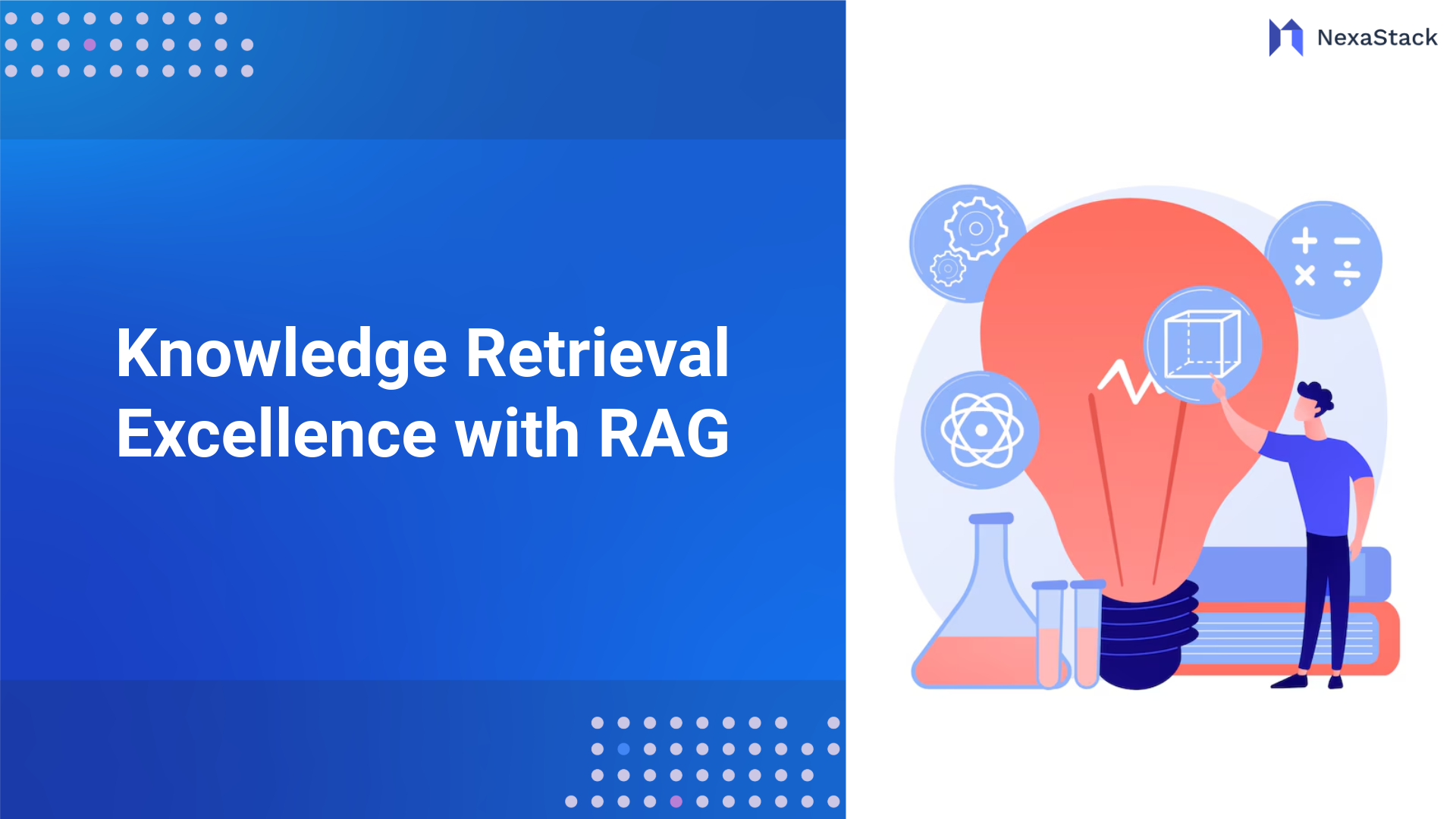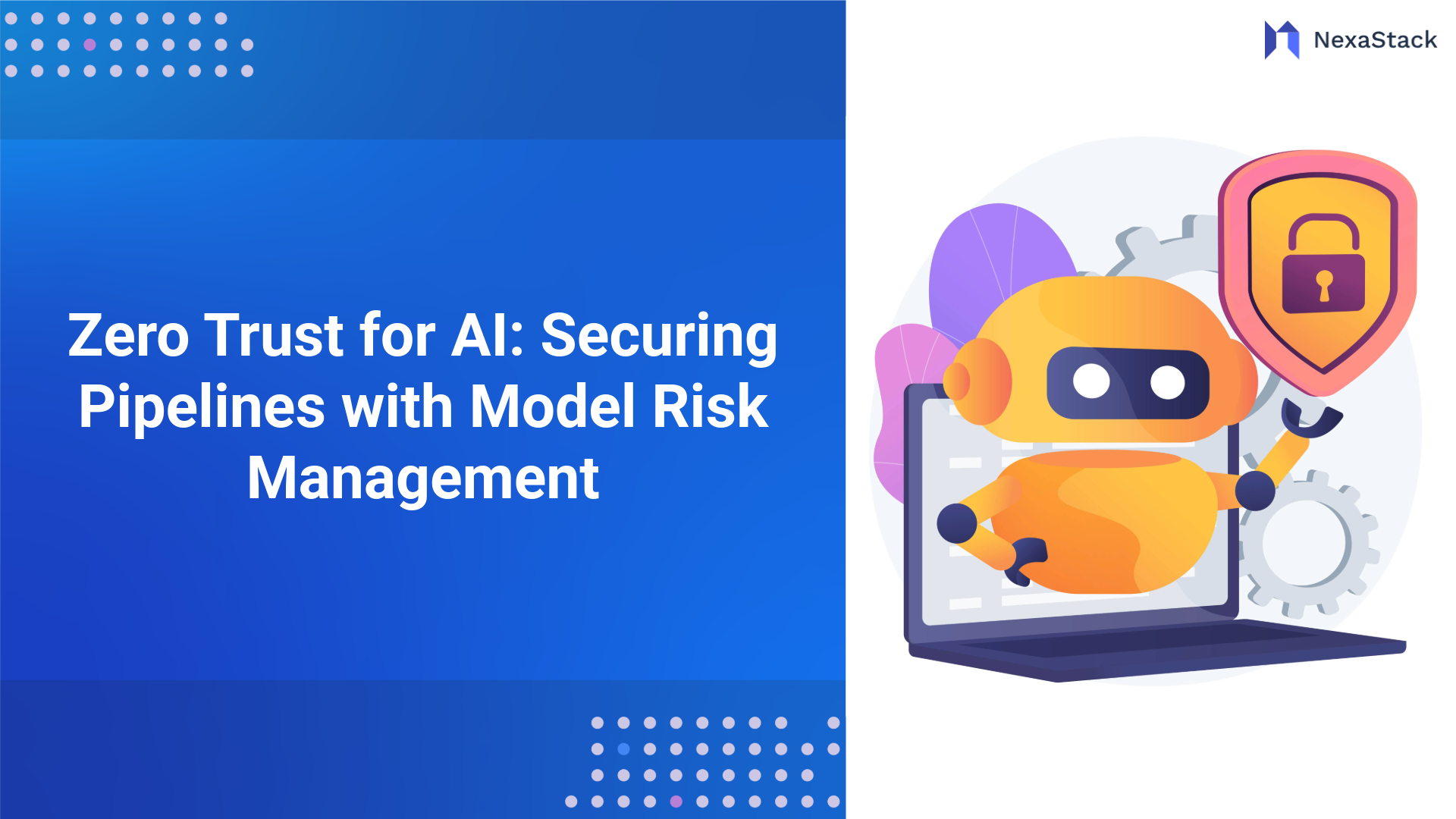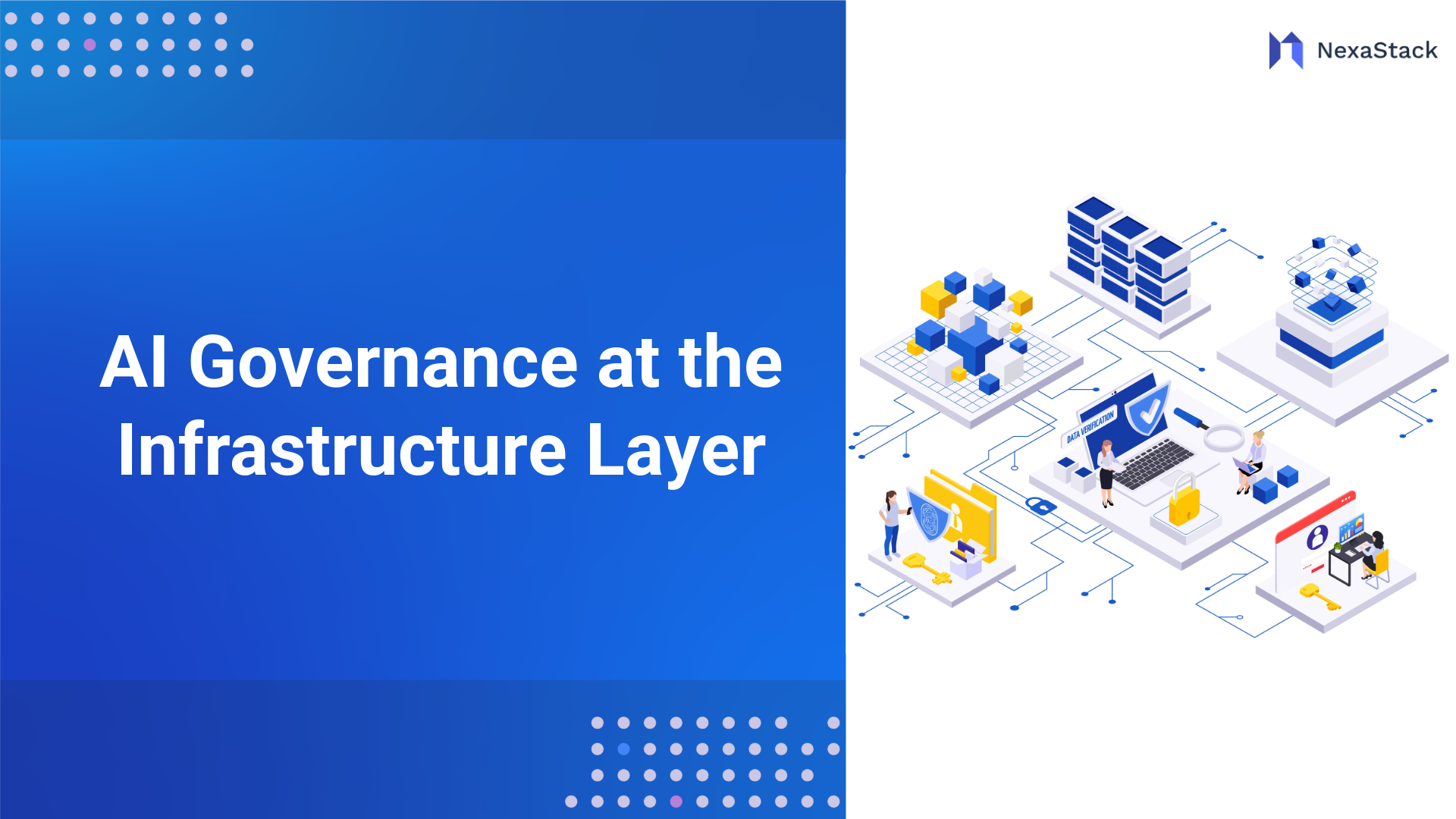Diving Into OpenLLM’s Toolbox
OpenLLM isn’t just about big promises—it’s packed with practical features that make your AI agents smarter and more capable. Let’s unpack the toolbox that drives its success.
Must-Know Features for AI Agents
OpenLLM isn’t skimping on the good stuff. Here’s what you get:
-
Pre-trained Models: Jumpstart your AI agents with ready-to-go language models.
-
Real-Time Processing: Perfect for dynamic tasks like live customer interactions.
-
Multi-Language Support: Reach global audiences without extra hassle.
These features make it a powerhouse for building AI agents that don’t just talk but deliver results.
Flexibility Meets Power
One of OpenLLM’s coolest tricks? It bends without breaking. Whether you’re tweaking models for niche industries or scaling up for millions of users, it adapts. This balance of flexibility and raw power means you’re not stuck with a one-size-fits-all solution—your AI agents can evolve as your business does.
Setting Up OpenLLM: What You’ll Need
Ready to get OpenLLM up and running? Here’s what you need to know to hit the ground running and scale it to fit your enterprise ambitions.
Tech Essentials for Deployment
-
Hardware: Think GPUs or TPUs for heavy lifting.
-
Software: Compatible with Python, Docker, and Kubernetes.
-
Skills: A team comfortable with machine learning basics.
It’s not plug-and-play, but it’s not rocket science either. With the right setup, you’ll have OpenLLM up and running in no time.

Scaling for Enterprise Success
Small pilot today, enterprise beast tomorrow—that’s the plan. OpenLLM scales effortlessly, letting you start modest and grow big. Need to handle 10,000 queries a day? No problem. A million? It’s built for that. The key is planning your infrastructure—think of cloud solutions like AWS or Azure for maximum impact.
Making OpenLLM Play Nice with Your Systems
Integration can make or break an AI deployment. Luckily, OpenLLM is built to fit seamlessly into your existing setup, connecting the dots.
Seamless Integration Tricks
Getting OpenLLM to vibe with your existing tech stack doesn’t have to be a headache. The platform’s designed with integration in mind, offering APIs and connectors that slot right into your workflows. Want to hook it up with your CRM? Easy. Do you need it to talk to your data warehouse? Done. A good tip is to use OpenLLM’s RESTful APIs for quick wins—they’re fast and flexible.
Connecting the Dots with Existing AI Tools
Already got AI tools in play? OpenLLM doesn’t demand a full overhaul—it’s a team player. Whether you’re running chatbots on Dialogflow or analytics on TensorFlow, OpenLLM bridges the gap. It supports standard frameworks like PyTorch and ONNX, so your AI agents can share data and insights without missing a beat. Think of it as the glue that ties your AI ecosystem together, boosting efficiency.
Keeping Your AI Agents in Check
Power comes with responsibility. Thanks to its straightforward governance tools, OpenLLM ensures your AI agents stay on track and aligned with your values.
Governance Made Simple
AI agents are awesome—until they go rogue. OpenLLM’s governance framework keeps them in line with minimal hassle. You get:
-
Access Controls: Decide who can tweak what.
-
Audit Logs: Track every move your agents make.
-
Model Monitoring: Spot issues before they escalate.
It’s like having a babysitter for your AI, ensuring they behave without slowing you down.
Staying Ethical and Compliant
Ethics matter, especially when AI is calling the shots. OpenLLM helps you stay on the right side of regulations like GDPR or CCPA. It offers built-in tools to anonymise data and flag biases in your models. With OpenLLM, you’re not just compliant but building trust with your users.
How OpenLLM Performs Under Pressure
Talk is cheap; results matter. Let’s examine how OpenLLM performs when the stakes are high and the workload piles on.
Metrics That Matter
Numbers don’t lie, and OpenLLM has some impressive ones. Key metrics to watch:
- Latency: Responses in milliseconds, even on a scale.
- Throughput: Handles thousands of queries per second.
- Accuracy: Keeps your AI agents sharp and reliable.
Real-World Wins and Numbers
Let’s talk results. A retail giant slashed response times by 40% after deploying OpenLLM-powered chatbots. A financial firm boosted fraud detection by 25% with its analytics agents. These aren’t hypothetical—OpenLLM delivers in the wild. For more real-world AI success stories, check out this Google Cloud case study. It’s proven that the platform thrives under pressure.
Future-Proofing Your Strategy
AI moves fast, and your strategy should keep pace. OpenLLM’s flexible, open-source design stays cutting-edge with constant updates from a global community. Here’s how to make your AI agents a long-term advantage:
-
Experimenting: Stay proactive. OpenLLM’s modular setup lets you test new models or techniques—like sentiment analysis or multilingual support—without overhauling everything. Measure the results to keep your agents sharp.
-
Scaling Smart: Growth doesn’t mean just adding hardware. OpenLLM’s architecture supports efficient scaling, from a small setup to more powerful or cloud instances as demand grows. Pair it with AWS or Google Cloud for cost-effective expansion.
-
Staying Informed: AI shifts quickly to new regulations, ethics debates, or NLP breakthroughs. Follow blogs, join OpenLLM’s community, and track thought leaders to stay ahead and adjust your approach when needed.






